Subscribe now and get the latest podcast releases delivered straight to your inbox.
How to Plan a Learning Center For Your Website

Aug 15, 2024

Your content is the soul of your business. It represents your personality, your culture, and your unique POV. But just writing and filming and recording great content is not enough. If that content isn't easy to find and easy to sort, it can feel like a disorganized mess to your audience.
Savvy marketers know that they need to present their content in a way that makes it easy for people to find what they are looking for.
For this reason, more and more businesses are developing “learning centers” to be a content library for their visitors.
A learning center is a place on your website where your best content can be easily accessed and searched. A learning center makes it easy for your prospects to find the content that answers their questions.
A learning center on your site doesn't just benefit your site visitors. Your sales reps can use your learning center to quickly find resources to share with prospects.
A great learning center should have a variety of content types, such as articles, videos, webinars, podcasts, and ebooks, that are categorized and searchable.
The first step to building a great learning center is to take stock of the content you already have. These are the steps you should follow:
- Inventory the content you already have
- Identify gaps in your content
- Categorize your content
Let’s take a closer look at each of these steps, then we'll share some real-world examples to inspire you.
1. Inventory the content you already have
Inventory all of the content you have and what topics you have already covered. At IMPACT, we teach clients to focus their efforts around five core topics, which we call The Big 5. So, when a client starts compiling content, we make sure they've covered these topics thoroughly. (You can learn more about The Big 5 here.)
How about video content? What videos perform the best for you. Do you have any podcasts? What about other resources such as landing pages, calculators, ebooks, or white papers?
Taking inventory
There are different ways of taking inventory. Some content management systems will allow you to export your data with titles and links into a spreadsheet.
If not, tools such as Screaming Frog’s SEO spider tool will crawl your site and give you a report with the titles and URLs for all of your content.
If you don't have a lot of content, you may be able to just manually go through your posts to see what you have.
Some of the information you may want to include in your inventory are:
- Type of content (blog article, video, ebook, etc.)
- Resource title
- URL for the resource
- Resource CTA (read more, watch now, etc.)
- Resource topic category
- Meta description
- Author/creator/featured SME
You can even add things such as how long the resource will take to read (factored by word count), target persona, or where a piece of content fits in the buyer's journey.
Once you have an inventory of your content, you can decide which content should go in your learning center. To do so, think about the buyer's journey. Focus on content that content that fits each step.
Remember, a learning center will allow your visitors to find the type of content that is best suited to them. Some people love to read, while others prefer to watch videos or listen to podcasts. Still others like interactive content, so be sure to include a variety of content types.
You may not have all of these types of content yet. In the next step, you will identify those gaps so you can create needed content.
2. Identify gaps in your content
What content do you still need to create? Are there gaps? Perhaps you don’t have content that covers all of the questions that your visitors may have. Maybe you have a lot of content about your products, but none that covers the cost of those products. Are you missing videos or any interactive content?
What content will help your visitors? What content will help your sales team provide the answers to help in the sales process?
Make a list of content that still needs to be created and add it to your editorial calendar. You will always be creating content that will be added to your learning center, but in the beginning, you will want to be sure you are covering, or have a plan to cover, content that addresses the questions your prospects are asking most about your products or services.
To find out what content your prospects are asking, you will want to talk to all of your client-facing personnel to see what questions they are hearing every day.
3. Categorize your content
You will want to make it easy for your visitors to find the topics that they are interested in, so they will need to be able to filter content by category.
At IMPACT, we categorize by the type of service you may be looking for. So, for instance, if you are looking specifically for help with website design, there is a filter that allows you to check a box and get only website design content.
You can also add filters for the format of content, such as videos or articles. For your learning center, you need to decide what makes the most sense for you and your customers, but if you inventoried your content properly, this step should go smoothly.
Now you are ready to start building your learning center. For inspiration, let's look at some examples.
Learning center examples
Here are some examples of great learning centers to give you some ideas. Some come from IMPACT clients, some do not.
RetroFoam of Michigan
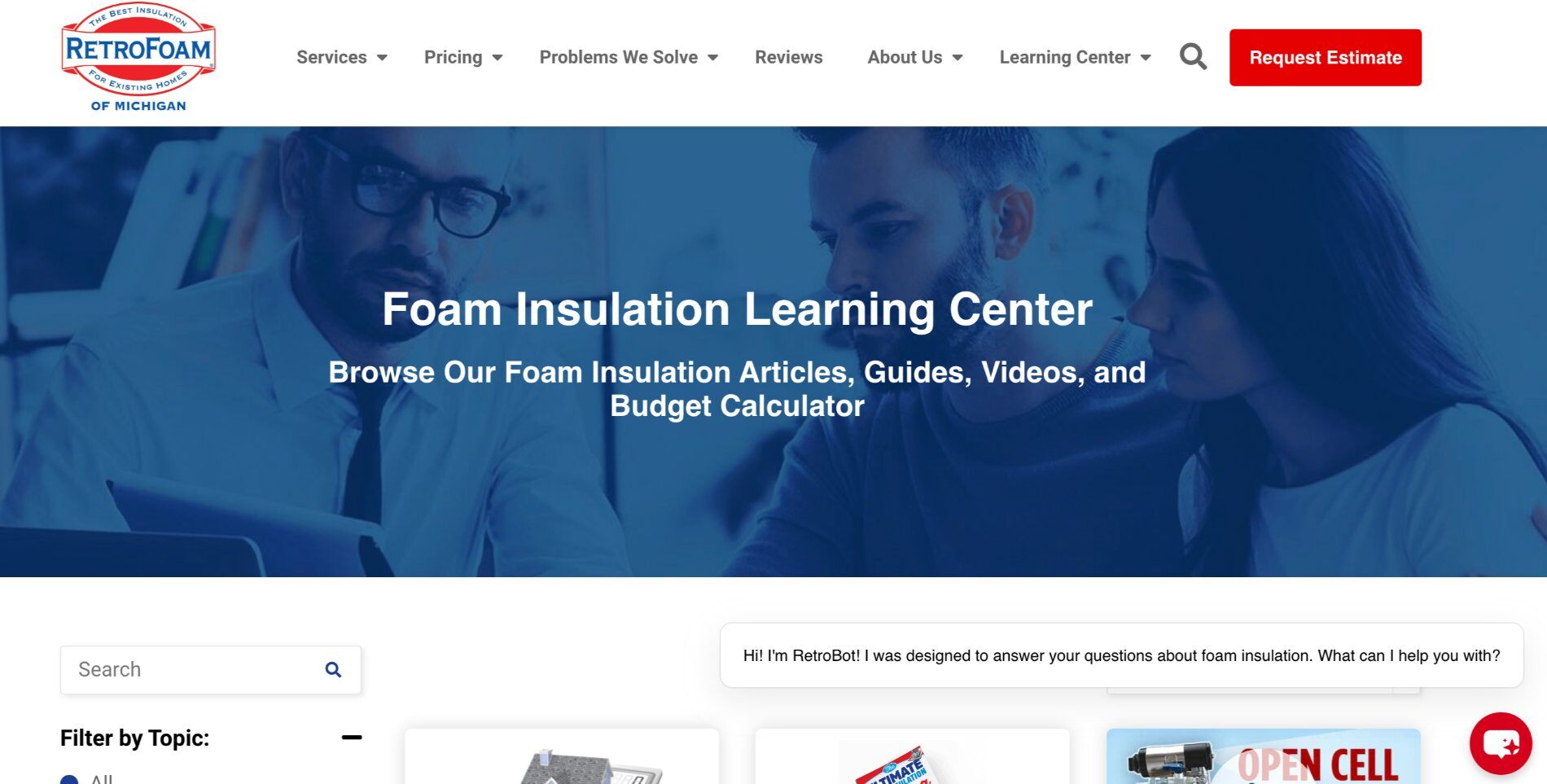
RetroFoam Michigan provides foam insulation for pre-built homes. In their learning center you can access articles, pricing calculators and a chatbot to help you find the information you're looking for.
Users can filter by topic as well as resource type so, for example. They can choose also to watch a video or see a checklist about their topic choice.
Google Workspace
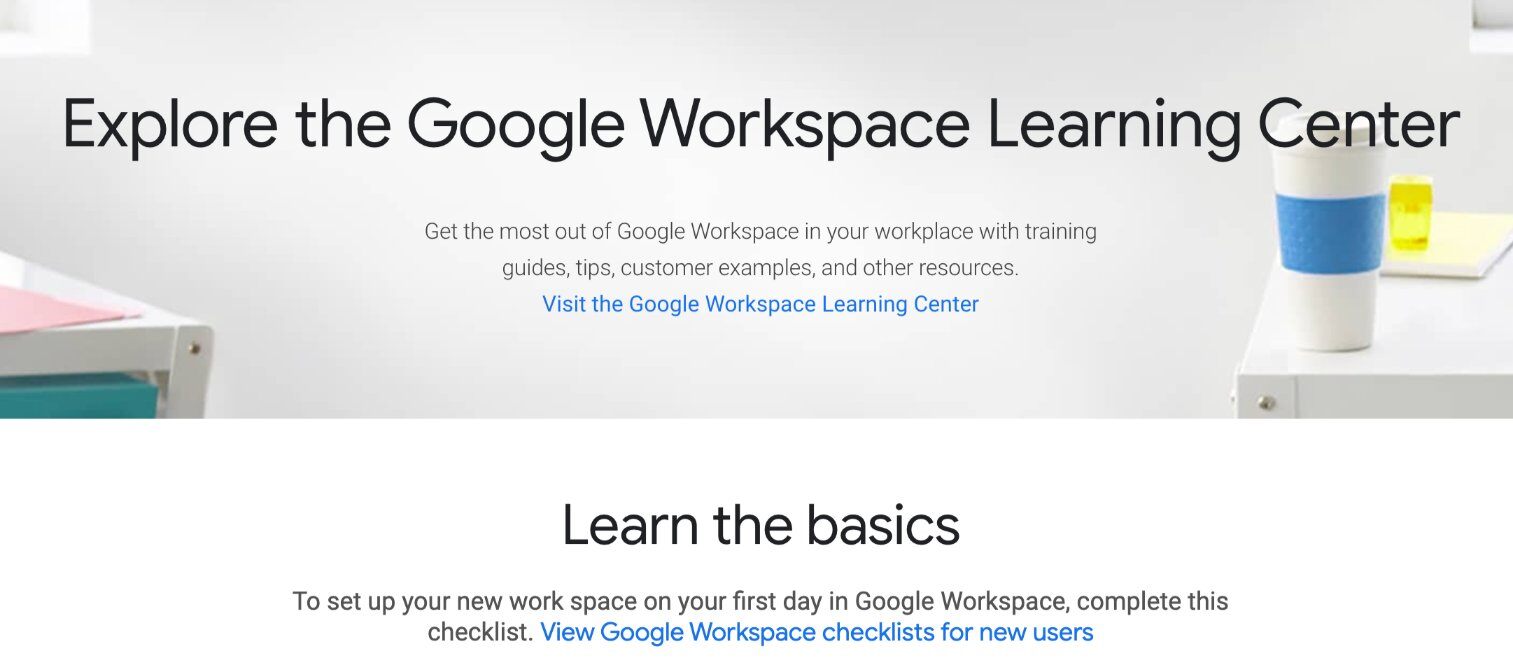
Google Workspace's learning center allows you to search by the product you want to learn about. You'll also find sections that provide tips, links to certifications, and a way for users to contribute.
New users get a step-by-step checklist to get them up and running quickly.
Whirks
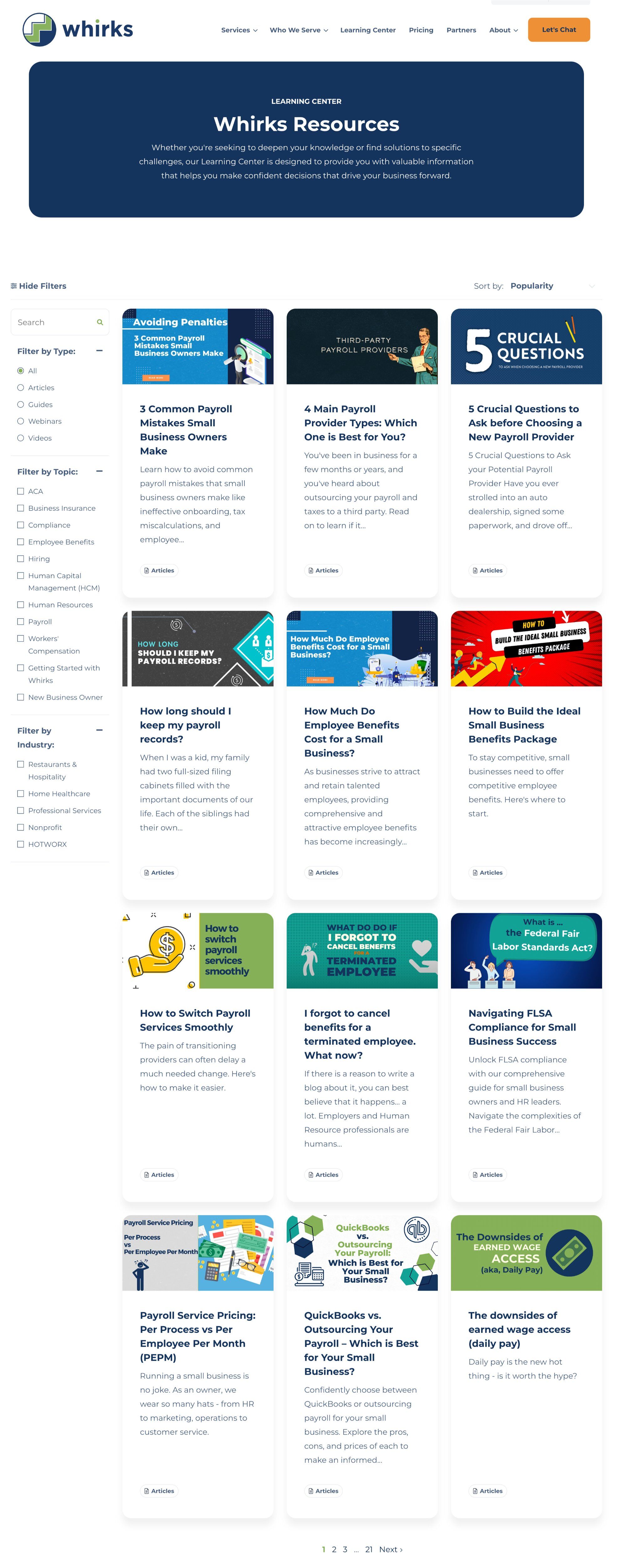
Tennessee-based Whirks offers payroll and HR services, and they've got a pleasing learning center with a clean layout and effective search functions.
Because they work with so many different companies, the folks at Whirks allow visitors to sort by industry to find content that fits their needs.
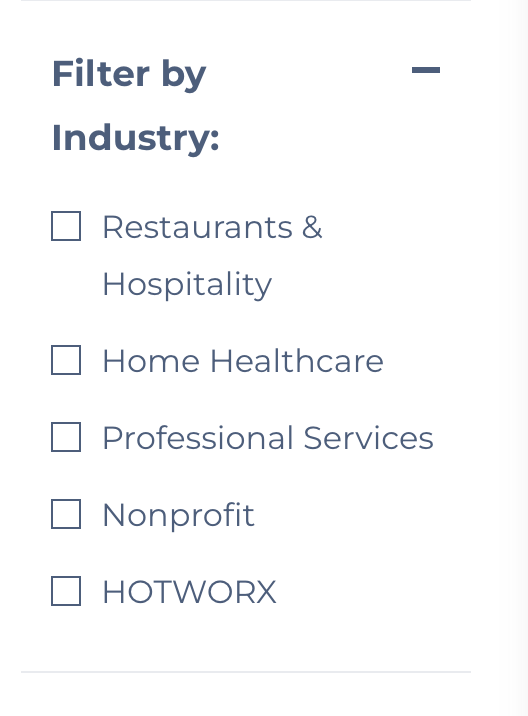
It's great to see some top-notch premium resources here as well — full-length guides that provide in-depth information about complex topics like hiring and HR.
IMPACT
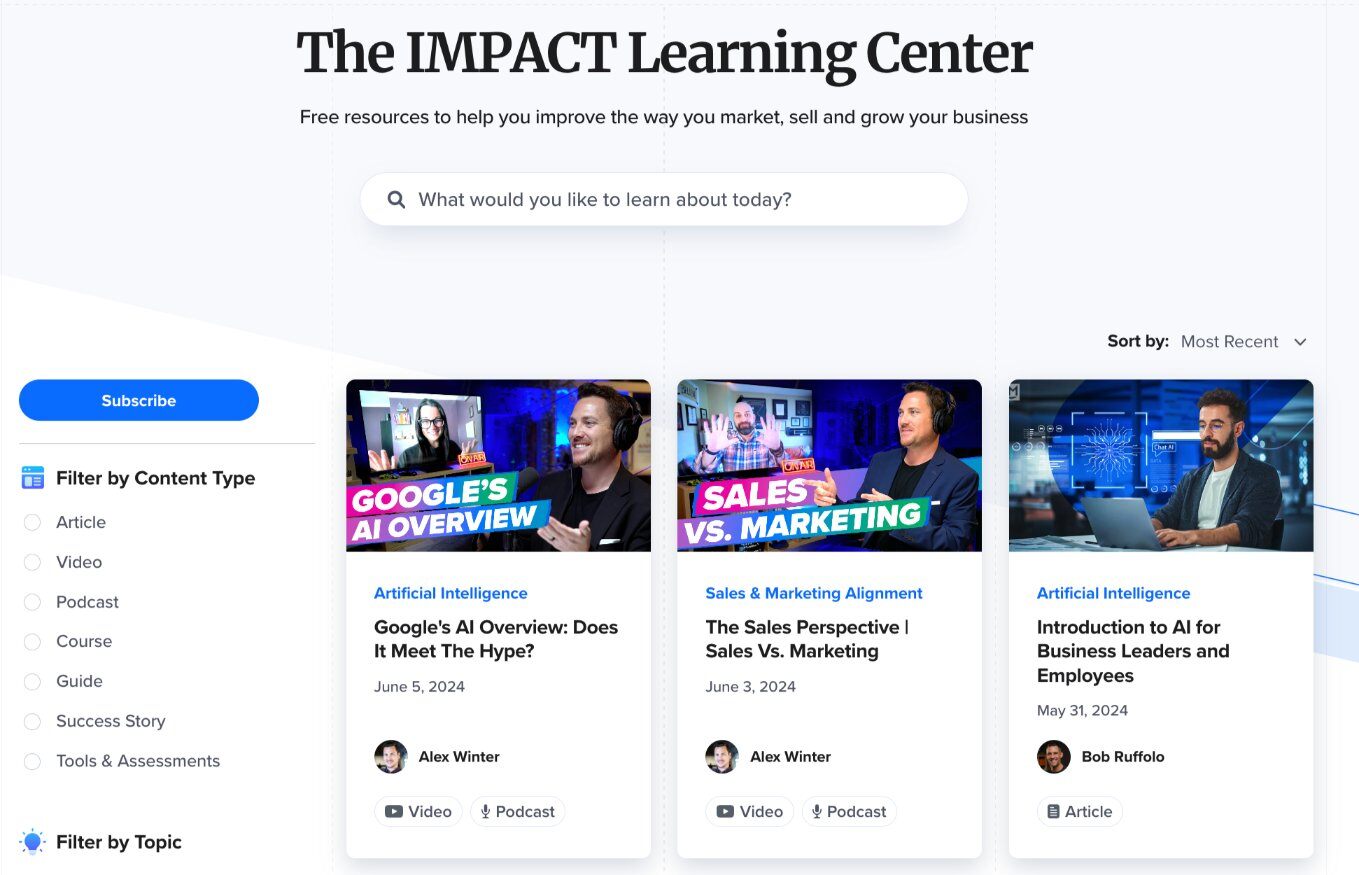
Our learning center at IMPACT allows users to find content with an easy search function as well as the ability to sort by topic, content type, or role.
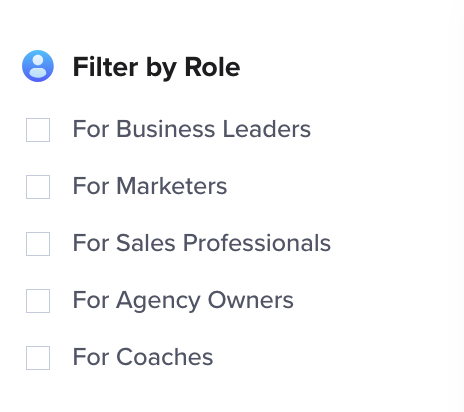
This makes it simple for our visitors to find what they are looking for. It also makes it easy for our sales team to quickly identify articles that will be helpful to send to prospects asking questions to give them just what they need.
All of the examples feature an easy search function and the ability to sort by topic.
Pulling it all together
Ready to get started? Building a learning center will require some technical knowledge, so you may need help.
How you set up your learning center will depend on your platform. For example, if your site is on WordPress, you may automatically filter data using custom post types. If your site is on HubSpot, you will need to manually add your data to your learning center via HubDB.
Either way, you'll likely need some development help to actually get everything set up.
Next steps
Researchers believe that over 80% of a buying decision is made before a prospect ever contacts you.
Creating a learning center is a great way to put education at the center of your marketing. Right now, your potential customers are researching and learning about what you sell. A learning center allows your firm to be the one that educates them. This way, you help your prospects by educating them and helping them make an informed decision to buy.
To make it easy, IMPACT has created learning center templates for both WordPress and HubSpot and can walk you through the process of creating your own learning center.
Whether you choose to create your own or use one of our templates, you should get started! As Marcus Sheridan says, buyers want to find trustworthy, unbiased educational content. And, “just like everything else in the digital age, industry leaders will be made by those that can do it well, and do it first.”
If you get stuck, reach out to the team at IMPACT. We can get a brand new learning center on your site in a matter of weeks — and for a lot less than you'd think.


Order Your Copy of Marcus Sheridan's New Book — Endless Customers!